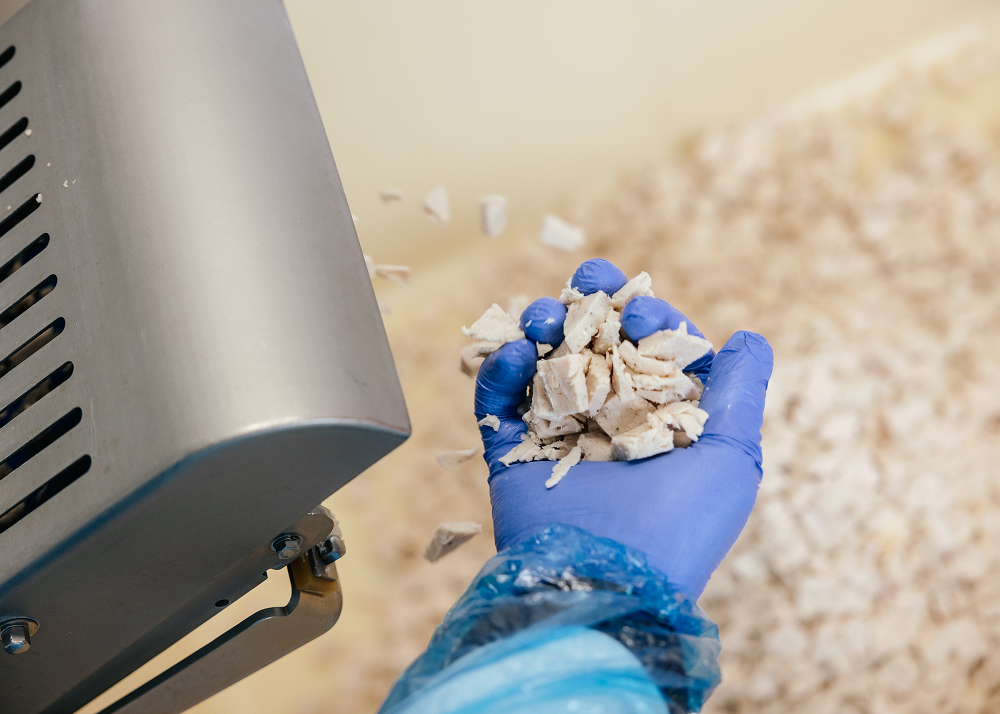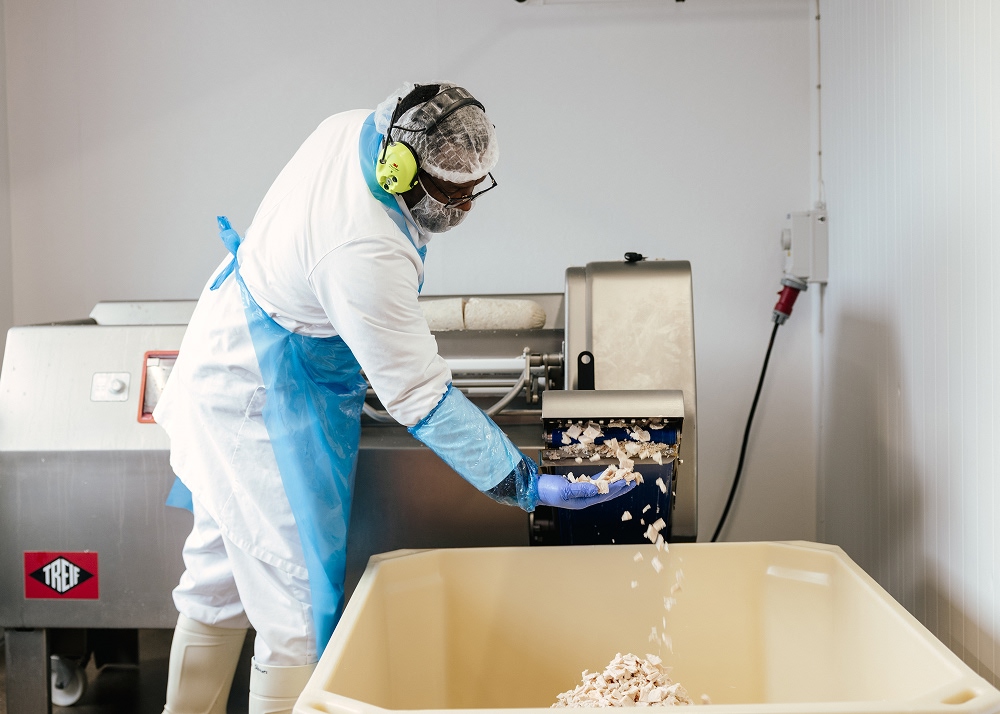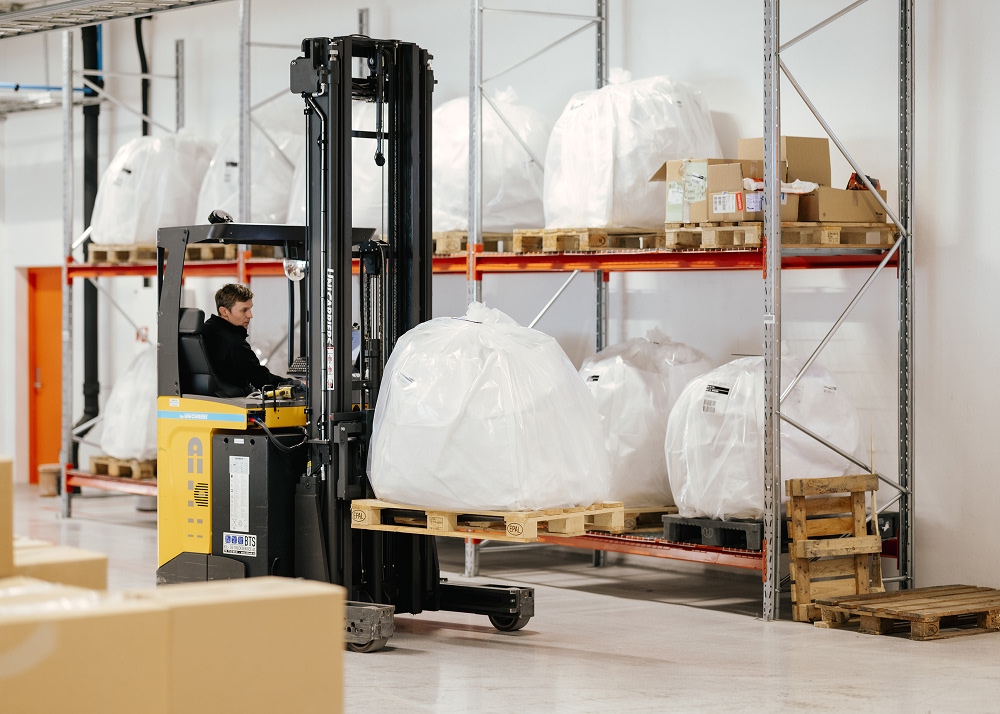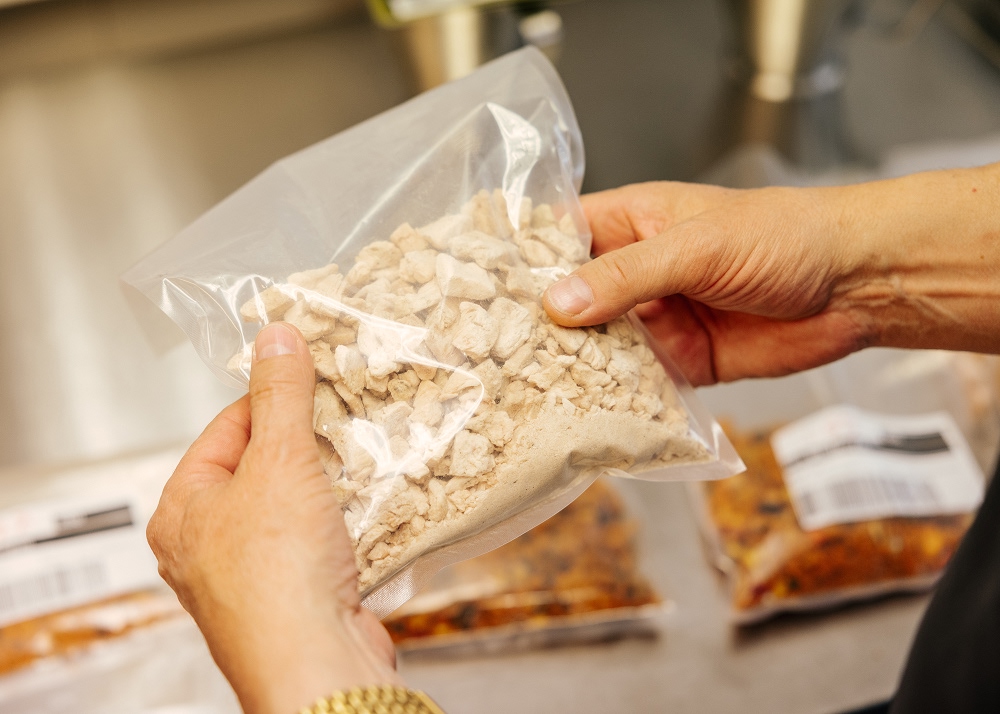Your cart is currently empty!
Tackling Food Waste
To reach climate neutrality, we need to reduce food waste by a large amount. Cutting food waste by 55% is a key step toward reaching our environmental goals and supporting a greener future.
Published

Our long-term goals
To reach climate neutrality, we need to reduce food waste by a large amount. Cutting food waste by 55% is a key step toward reaching our environmental goals and supporting a greener future.
Enjoyed in nature. Made to respect it.
Monica Mathiassen, Sustainability Manager
To reach our 2030 target we must

Reduce food waste during refinement
We need to reduce food waste by 55% to be on track for our 2030 target.
Manage damaged products
Damaged products are significant participants in increasing our food waste and closely linked to the action above.
Invest in smarter technology
Staying up-to-date with production and digital infrastructure is necessary to reach our target.
Our approach
We take a structured, proactive approach to food waste, starting with a comprehensive mapping of our operations in 2020. This review highlighted key areas of waste, including issues in the raw material warehouse, unsellable or damaged products, and production losses.
We’ve put clear procedures in place to manage quality deviations and unsellable products, helping us reduce waste throughout production and packaging. Products that are safe but not fit for sale are repurposed in ways that bring value internally or externally and prevent unnecessary disposal.
Surplus goods are regularly redirected to social and charitable initiatives. By ensuring that excess food supports people in need, we turn potential waste into a resource for the wider community.
We continue to invest in smarter pouch-pack production and processing technology. These upgrades improve efficiency and significantly reduce waste across the board.
Impact so far

Reduce food waste during refinement
Raw material waste is down by 50%.
Manage damaged products
Defective products have dropped by 80%.
Invest in smarter technology
Faulty production has decreased by 37% (from 2023 to 2024).
Key steps moving forward
Since 2020, we’ve also managed to cut food waste per product by half.
These results show that our efforts are working, and we’re well on our way toward reaching our 2030 targets. Moving forward, we’ll set new goals for 2030 that aim to reduce food waste even further—together.
Latest actions
-
 Tackling Food Waste
Tackling Food WasteCollaborative efforts to reduce food waste
Read more: Collaborative efforts to reduce food wasteClose collaboration across departments and with suppliers has been key to reducing food waste, particularly by addressing packaging issues that caused ingredient damage during transport.
-
 Tackling Food Waste
Tackling Food WasteIncreased support amid growing needs
Read more: Increased support amid growing needsCharitable organizations have seen an 89% rise in demand for food support, with Matsentralen Tromsø and its partners playing a vital role in redistributing surplus and damaged goods—like imperfect REAL meals and bulk rice—to those in need.
Learn more about our focus area sustainable supply chain
- Ensure 80% of suppliers are eco-certified.
